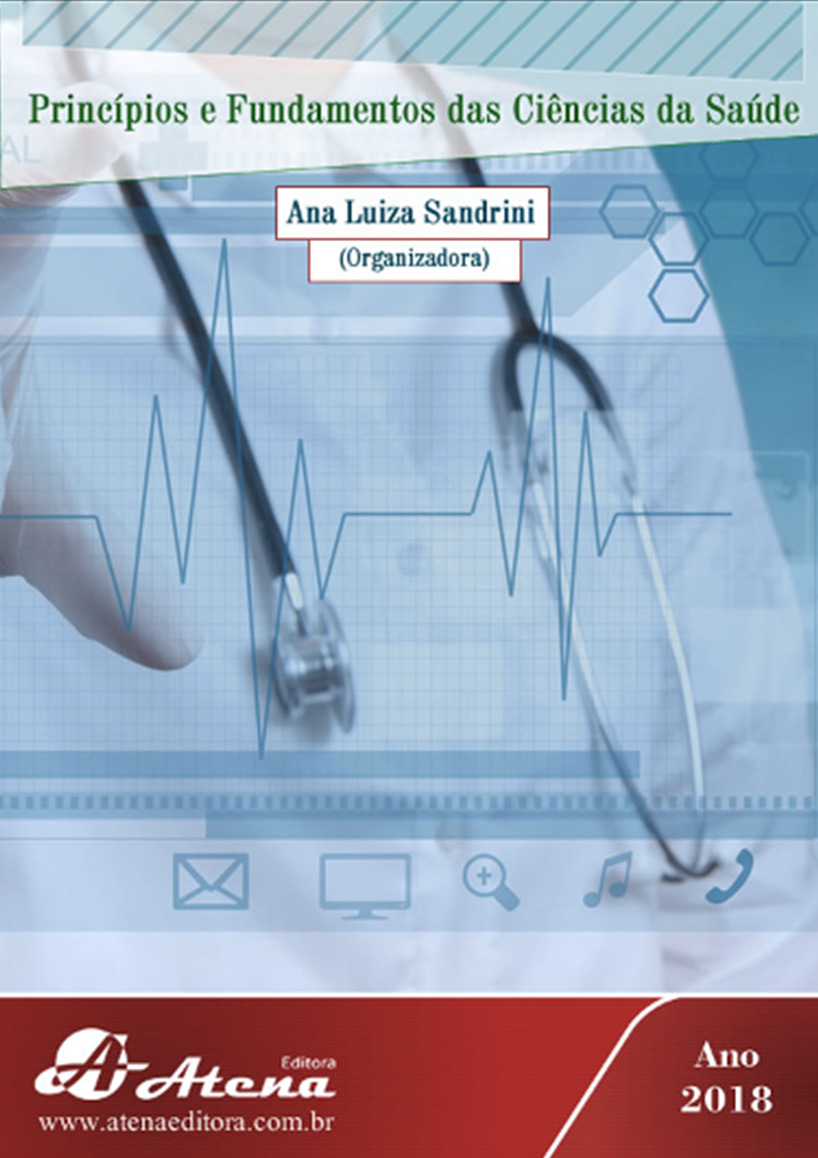
AVALIAÇÃO EXPERIMENTAL DO EFEITO DE DIVERSAS CONCENTRAÇÕES DE HIPOCLORITO DE SÓDIO SOBRE A DENTINA HUMANA
O cirurgião-dentista faz uso de soluções irrigadoras na preparação de
canais radiculares para que haja a desinfecção dos condutos radiculares e dissolver
tecidos orgânicos remanescentes. A solução irrigadora de primeira escolha é o
hipoclorito de sódio (NaOCl) que possui efeito antimicrobiano e de dissolução
tecidual, entretendo, atinge os componentes orgânicos da dentina, em especial o
colágeno, o que danifica a estrutura dentária. O objetivo deste estudo é avaliar o
efeito do NaOCl em três concentrações (1,0%, 2,5% e 5,0%) em dentina hígida e em
dentina previamente desmineralizada com EDTA 17%, quantificando e comparando
a massa orgânica de dentina hígida e desmineralizada perdida pela ação do NaOCl
durante uma hora. Utilizou-se trinta e dois terceiros molares humanos hígidos
extraídos, por indicação profissional, que foram divididos em quatro grupos para a
avaliação da variação da massa dos discos de dentina hígidos e previamente
desmineralizado com EDTA 17% quando submetidos ao efeito de Soro Fisiológico
(SF) e diversas concentrações (1,0%, 2,5% e 5,0%) de NaOCl. A análise estatística foi
realizada no programa Graph Pad Prism 5.0 e foi aplicado o teste T de Student
(p<0,05). Observou-se que houve a perda de massa estatisticamente significante em
todas as amostras que foram submetidas às diversas concentrações de NaOCl.
Conclui-se que o NaOCl atuou na dissolução da parte orgânica presente dos discos
de dentina hígidos e nos discos previamente desmineralizados com EDTA 17%,
sendo que quanto maior a concentração da solução de NaOCl, houve maior perda de
massa orgânica.
AVALIAÇÃO EXPERIMENTAL DO EFEITO DE DIVERSAS CONCENTRAÇÕES DE HIPOCLORITO DE SÓDIO SOBRE A DENTINA HUMANA
-
DOI: Atena
-
Palavras-chave: Hipoclorito de sódio; Dentina; Concentração.
-
Keywords: Sodium Hypochlorite. Detin. Concentration.
-
Abstract:
The dentist uses irrigating solutions in the preparation of root canals to
disinfect the root canals and dissolve remaining organic tissues. The first choice
irrigating solution is sodium hypochlorite (NaOCl), which has an antimicrobial and
tissue dissolution effect, which affects the organic components of dentin, especially
collagen, which damages dental structure. Objective: The objective of this study was
to evaluate the effect of NaOCl in three concentrations (1.0%, 2.5% and 5.0%) on
healthy dentin and previously demineralized dentin with EDTA 17%, quantifying and
comparing the organic mass of demineralized and healthy dentin lost through the
action of NaOCl for one hour. Material and method: Thirty-two human third molars
extracted by professional indication were divided into four groups to evaluate the
variation of the mass of the healthy dentin disks and previously demineralized with
EDTA 17% when submitted to the effect of Saline (SF) and various concentrations
(1.0%, 2.5% and 5.0%) of NaOCl. Statistical analysis was performed in the Graph Pad
Prism 5.0 program and Student's t-test (p <0.05) was applied. Results: It was
observed that there was a statistically significant loss of mass in all the samples that
were submitted to the various concentrations of NaOCl. Conclusion: It was concluded
that NaOCl acts on the dissolution of the organic part present in the healthy dentin
disks and in the previously demineralized discs with EDTA 17%, and the higher the
concentration of the NaOCl solution, there was a greater loss of organic mass.
-
Número de páginas: 15
- Matheus Araújo Brito Santos Lopes


